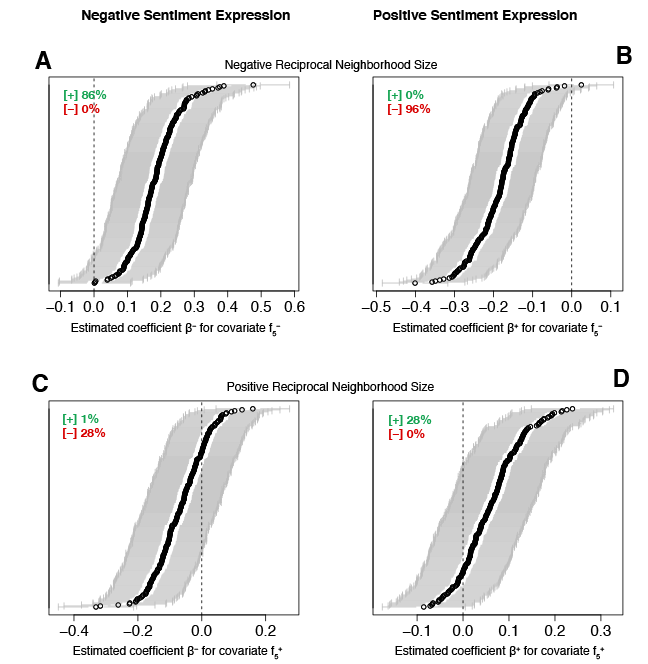Social Networks & Epidemiology

Social networks affect the spread of diseases in two major ways. First, social networks are the road systems on which pathogen traffic occurs. Since most diseases are directly transmitted from person to person, the web of such contacts forms the social network that is relevant for the spread of an infectious disease, and it is highly dependent on the specific tranmission route of the disease causing organism. Second, social networks are also relevant for the diffusion of health behaviors such as vaccination.
We investigate how these diverse social networks are structured, how they evolve over time, and how their structure affects the processes occuring on these networks.By understanding the interplay between network structure and the dynamical processes on the networks, we can develop methods to influence these processes. For example, by removing specific nodes from networks through immunization, disease spread can be stopped more efficiently with fewer vaccine doses.
Social Networks & Health Behaviors

Modifiable health behaviors, a leading cause of illness and death in many countries, are often driven by individual beliefs and sentiments about health and disease. Individual behaviors affecting health outcomes diffuse through social networks, for example through the associations of like-minded individuals – homophily – or through peer influence effects. Despite the importance of behavior diffusion through social networks, little is known about this process, mainly because styding this process in real time has been difficult. The advent of online social media sites such as Twitter and Facebook has dramatically changed that.
Vaccination behavior is a prime example of a health behavior shaping disease dynamics: outbreaks of disease preventable disease are more likely if overall vaccination rates decline, or if vaccination refusal is clustered in local communities. The continuously evolving public concern about vaccines despite the overwhelming scientific evidence on the safety of vaccines reflect the need for an increased understanding on how such sentiments spread over time. To understand these processes, we collect and analyze large data sets from online social media networks.